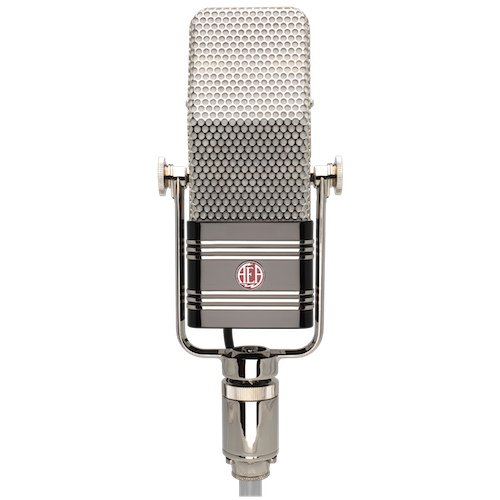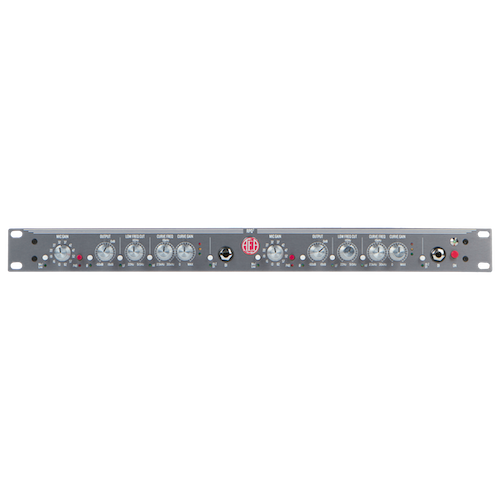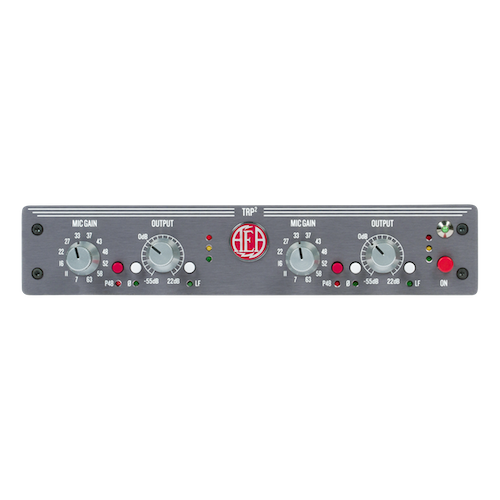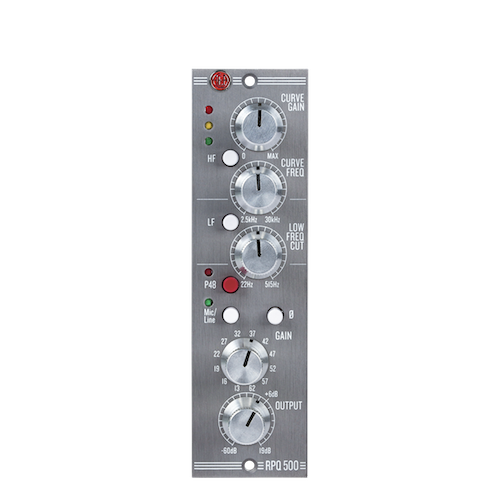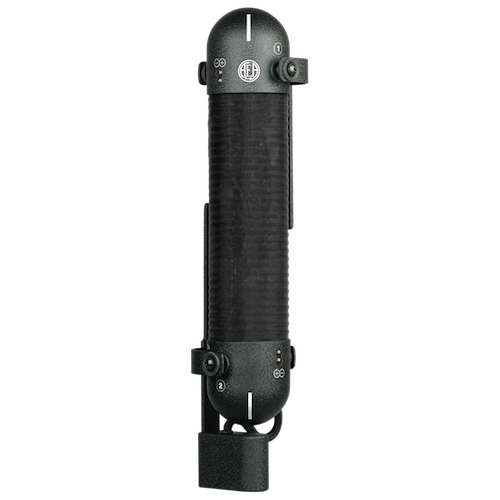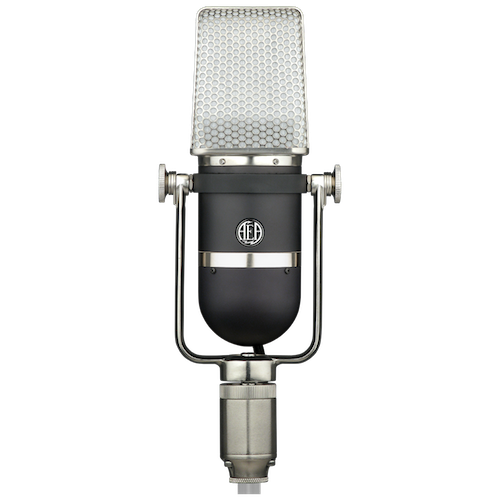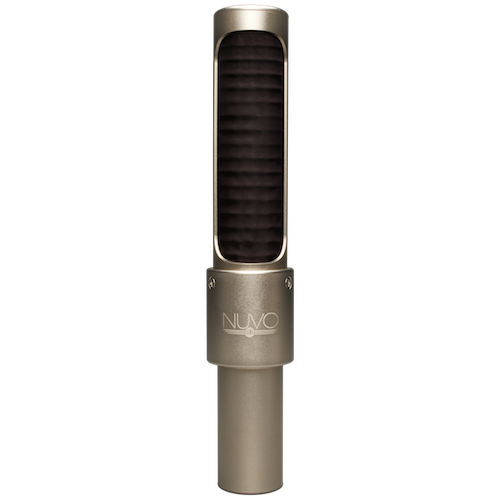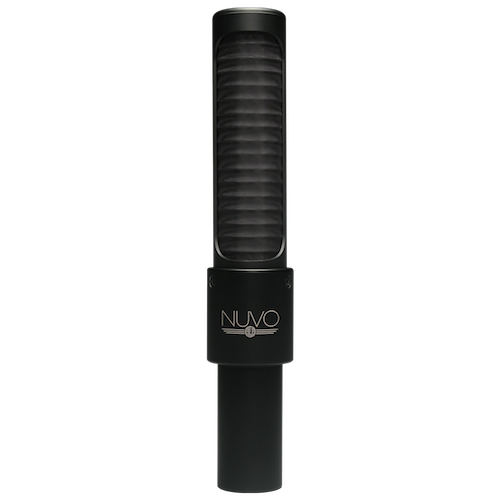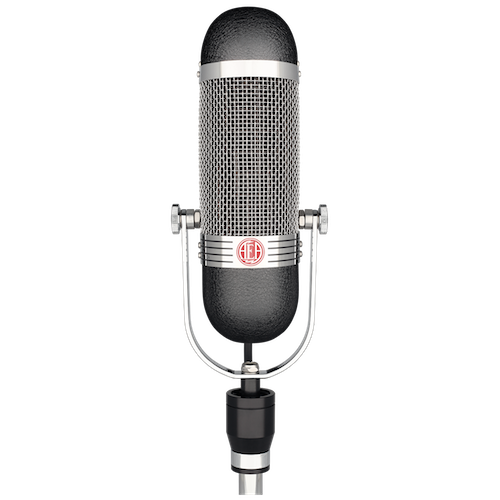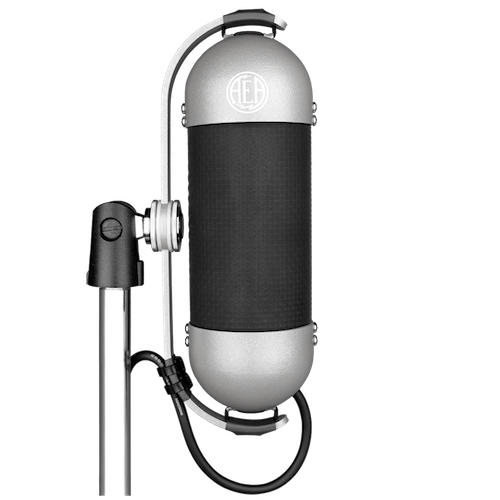The legendary sound of the R44 comprises a deep low-end and fine detail that makes it one of the most capable and sought-after room microphones in music history.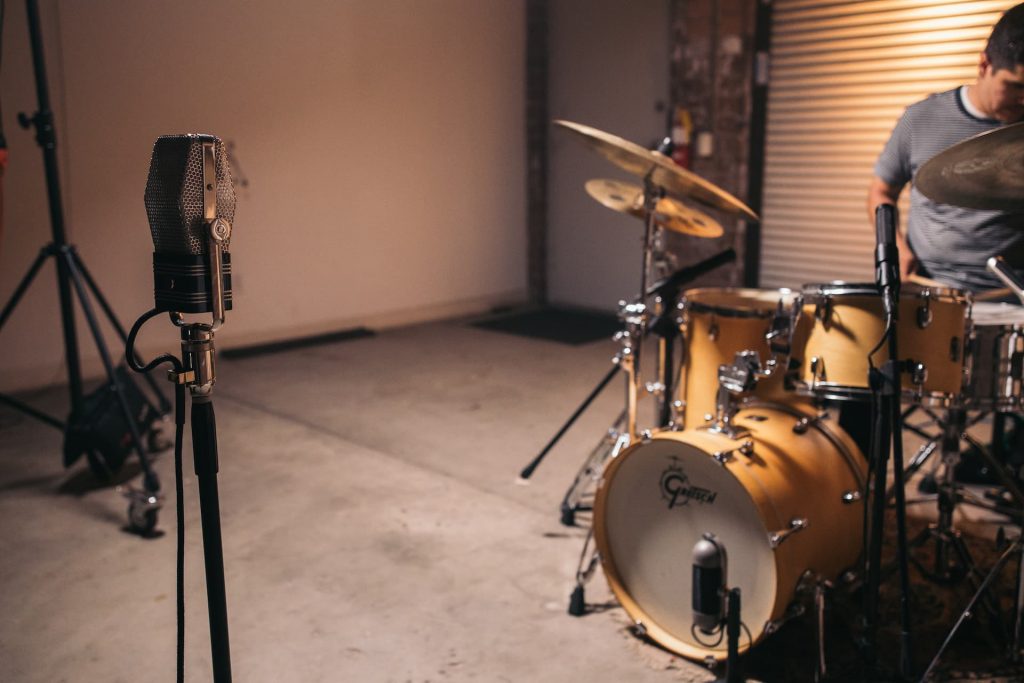
Distant Miking
The R44’s unmatched mid-range detail, hulking low-end and figure-of-8 polar pattern lend brilliantly to a capturing a comprehensive room sound from a far-field position. It maintains low-end as far as 20 feet from the source, while also recording an expansive ambient image of the room. Wherever the room sounds best to one’s own ears is likely the best position for the R44, so physically exploring the space is recommended when deciding room placement.
Sections, Ensembles, and Orchestras
The versatile R44 excels at recording string sections, quartets, orchestras, and other ensembles from a distance. From as far as 20 feet away, the R44 captures detailed, balanced sound of an instrument section and supplements it with massive room tone. When arranged 6 to 10 feet from the source, in Blumlein configuration, two R44s create a massive, detailed room image without the need for any support microphones.
A popular technique is to use a pair of R44s as outriggers. In this configuration, two R44s would be spaced about 6 – 8 feet apart from each other, 4 – 8 feet behind the conductor, and 8 – 15 feet above the ground. They can add a nice natural ambience to the recording and blend in well with close mics to capture the natural sound of an orchestra in its full glory.

